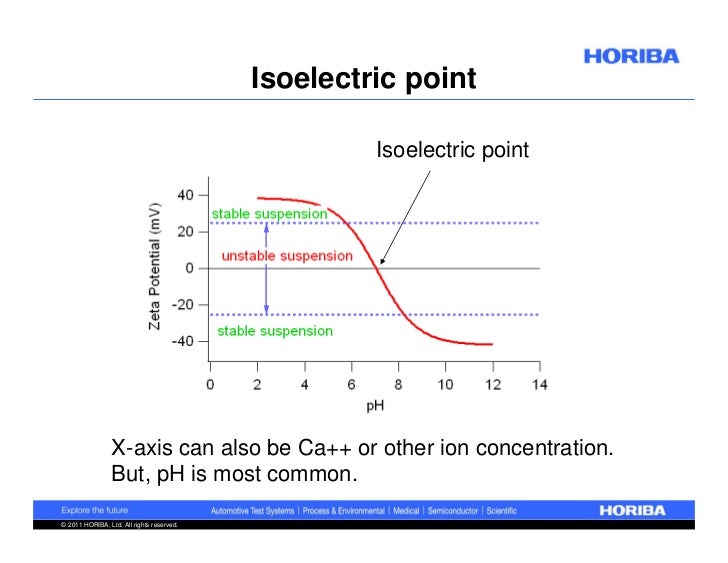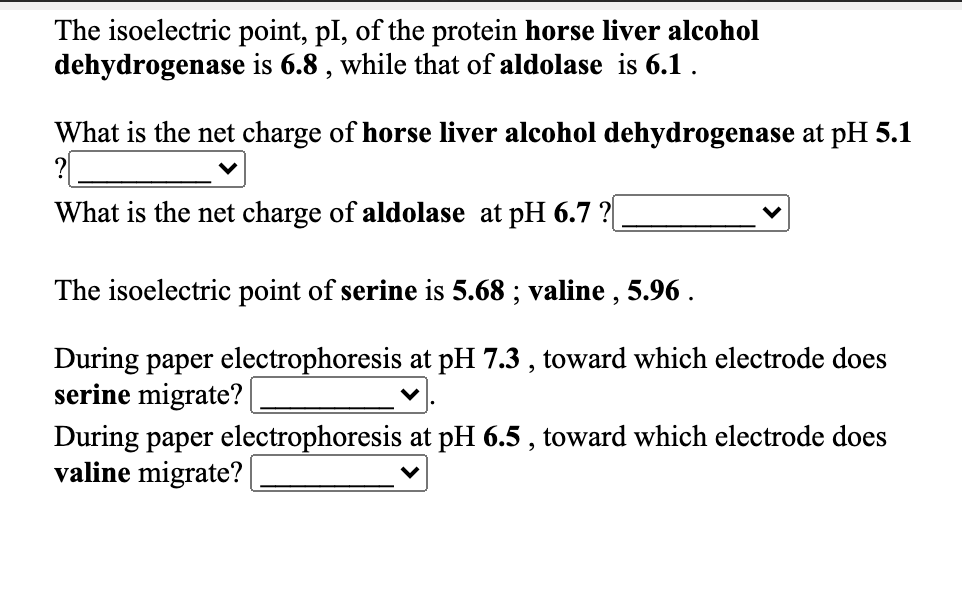
The concentration of hydrogen ions (in moles) required to reach the end-point is equivalent to the concentration of nitrogen that was in the original food (Equation 3). The nitrogen content is then estimated by titration of the ammonium borate formed with standard sulfuric or hydrochloric acid, using a suitable indicator to determine the end-point of the reaction. NH 3 + H 3BO 3 (boric acid) ® NH 4 + + H 2BO 3 - (borate ion) (3) The low pH of the solution in the receiving flask converts the ammonia gas into the ammonium ion, and simultaneously converts the boric acid to the borate ion: The ammonia gas that is formed is liberated from the solution and moves out of the digestion flask and into the receiving flask - which contains an excess of boric acid. The solution in the digestion flask is then made alkaline by addition of sodium hydroxide, which converts the ammonium sulfate into ammonia gas: Ammonia gas is not liberated in an acid solution because the ammonia is in the form of the ammonium ion (NH 4 +) which binds to the sulfate ion (SO 4 2-) and thus remains in solution:Īfter the digestion has been completed the digestion flask is connected to a recieving flask by a tube. Digestion converts any nitrogen in the food (other than that which is in the form of nitrates or nitrites) into ammonia, and other organic matter to C0 2 and H 20. The food sample to be analyzed is weighed into a digestion flask and then digested by heating it in the presence of sulfuric acid (an oxidizing agent which digests the food), anhydrous sodium sulfate (to speed up the reaction by raising the boiling point) and a catalyst, such as copper, selenium, titanium, or mercury (to speed up the reaction).


The Kjeldahl method can conveniently be divided into three steps: digestion, neutralization and titration. A conversion factor of 6.25 (equivalent to 0.16 g nitrogen per gram of protein) is used for many applications, however, this is only an average value, and each protein has a different conversion factor depending on its amino-acid composition. Because the Kjeldahl method does not measure the protein content directly a conversion factor (F) is needed to convert the measured nitrogen concentration to a protein concentration. It is usually considered to be the standard method of determining protein concentration. The same basic approach is still used today, although a number of improvements have been made to speed up the process and to obtain more accurate measurements. The amount of protein present is then calculated from the nitrogen concentration of the food. A food is digested with a strong acid so that it releases nitrogen which can be determined by a suitable titration technique. The Kjeldahl method was developed in 1883 by a brewer called Johann Kjeldahl. Determination of Overall Protein Concentration Food analysts are interested in knowing the total concentration, type, molecular structure and functional properties of the proteins in foods.Ħ.2. These reactions can have either a favorable or detrimental effect on the overall properties of foods.


Many food proteins are enzymes which are capable of enhancing the rate of certain biochemical reactions. Typically, proteins are used as gelling agents, emulsifiers, foaming agents and thickeners. Isolated proteins are often used in foods as ingredients because of their unique functional properties, i.e., their ability to provide desirable appearance, texture or stability. Proteins are also the major structural components of many natural foods, often determining their overall texture, e.g., tenderness of meat or fish products. They are a major source of energy, as well as containing essential amino-acids, such as lysine, tryptophan, methionine, leucine, isoleucine and valine, which are essential to human health, but which the body cannot synthesize. Proteins are important constituents of foods for a number of different reasons. As a result they have different molecular structures, nutritional attributes and physiochemical properties. Proteins differ from each other according to the type, number and sequence of amino acids that make up the polypeptide backbone. Twenty different types of amino acids occur naturally in proteins.


 0 kommentar(er)
0 kommentar(er)
